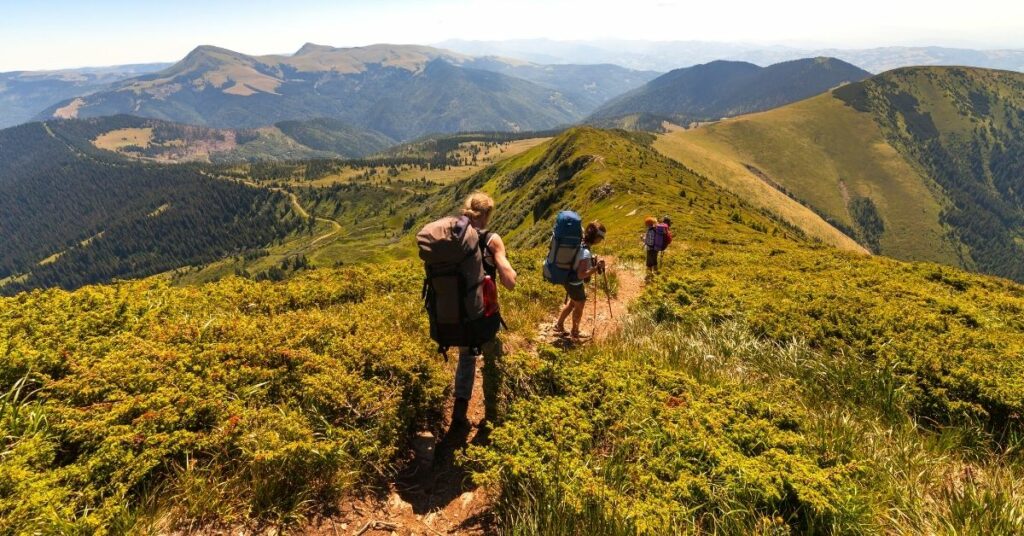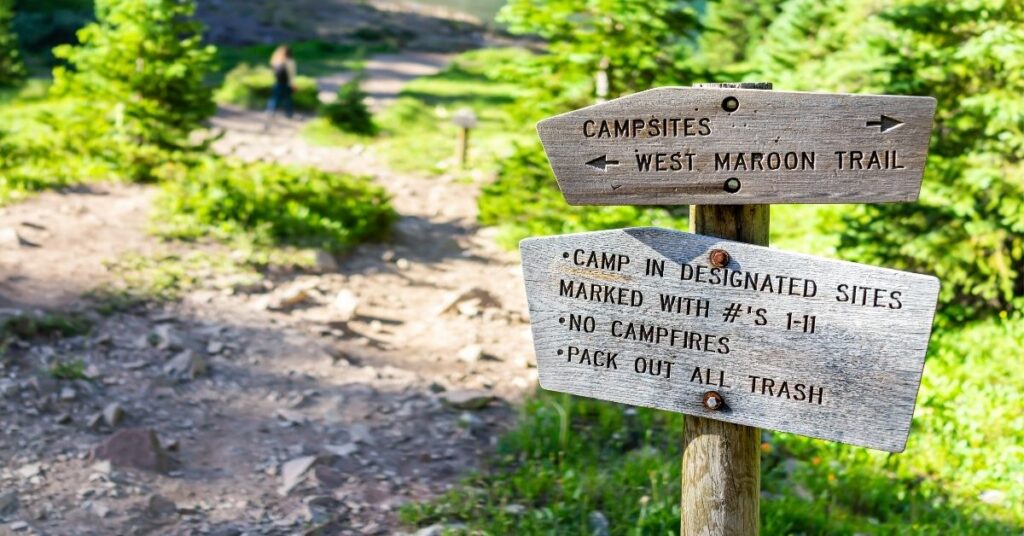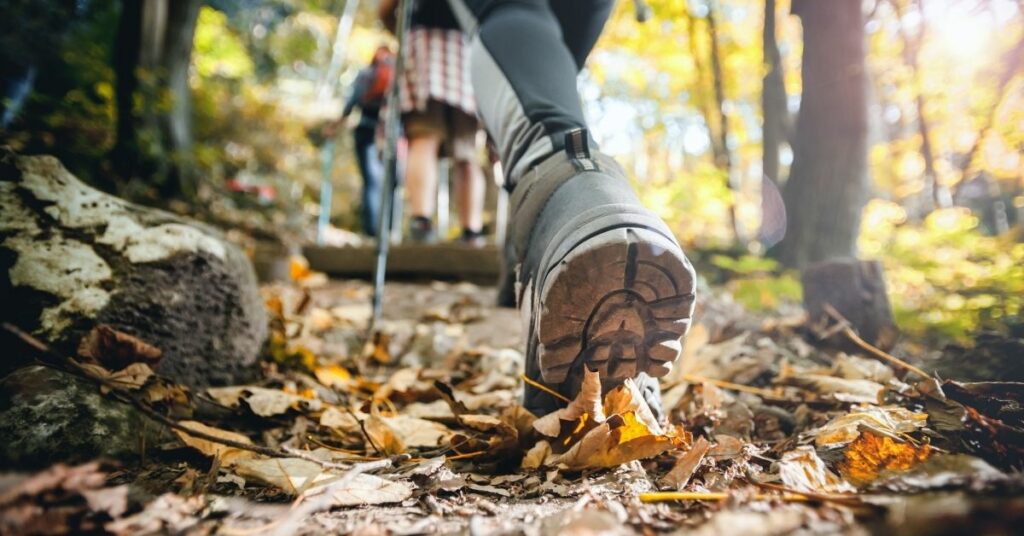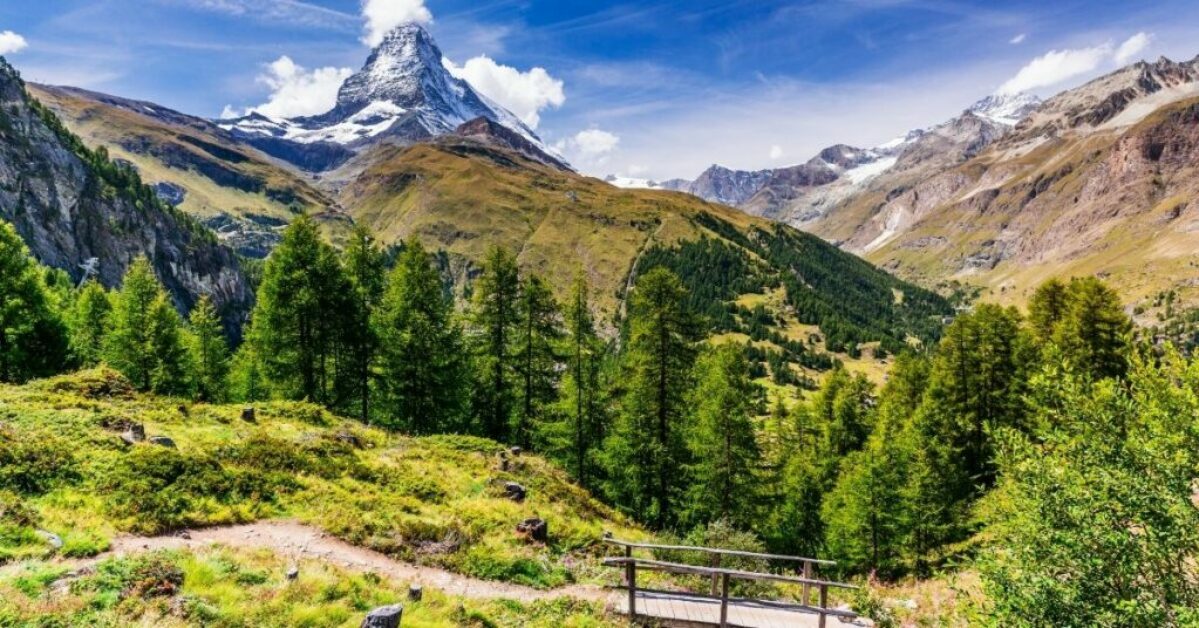How to Leave No Trace
What is “Leave No Trace?”
Leave no trace is a mantra that has been adopted by hikers and backpackers. It is an unwritten set of rules for how to minimize human impact on the environment and in wild places.
It was devised by a community that prides itself on the exploration of nature and enjoying untouched locations. The catch is that if too many people visit an area and don’t take care to reduce their footprint, the very things that make that place special will cease to exist.
As such, the outdoor community has a responsibility to minimize its impact on the environment. Of course, no one wants to compromise on their adventures, so this must be balanced with optimizing your outdoor experience.
National Parks, Nature Reserves, and Hiking Trails
In 1872, the United States government recognized the importance of conserving sacred spaces. President Ulysses S. Grant signed the Yellowstone National Park Protection Act. This law protected Yellowstone from excessive development and in doing so, designated it as the world’s first National Park.
However, the Mongolians claim to have created the world’s first nature reserve. They declared the Bogd Khan Uul Biosphere Reserve a protected area in 1778. Since then, the IUCN estimates that at least 100 countries have nature reserves with over 4,000 National Parks assigned globally. These parks are created to deliver a balance of enjoyment and appreciation. By protecting a natural landscape, the area can be monitored and maintained while public access can be managed responsibly.
Transport networks inside the park, public toilets, hiking trails, access permits, temporary closures, and visitor centres are all methods of reducing human impact. If handled properly, this should allow hikers, backpackers, and outdoor lovers to make the most of their time in a National Park without causing unnecessary damage to the landscape.
5 Tips to Leave No Trace
The global non-profit organization Leave No Trace is attempting to educate the world about how to minimize our impact on the natural environment. They have 7 principles designed to leave no trace: plan ahead and prepare, travel and camp on durable surfaces, dispose of waste properly, leave what you find behind, minimize campfire impacts, respect wildlife, and be considerate of others.
With that in mind, here are 5 tips to help you leave no trace.
Follow the Trails

As a hiker, it can be tempting to branch off from the footpaths and cut your way through the backcountry. In some National Parks, this is encouraged and causes no problems. However, in other more fragile areas, this is not recommended.
The trails are designed to keep foot traffic to one path that can be maintained. This reduces erosion and damage to surrounding areas. They are designed to allow hikers to leave no trace without compromising a person’s ability to explore a nature area.
For example, along the Jurassic Coast in the UK, the cliffs are made of fragile limestone. Hikers are asked to keep to the purpose-built trails. If too many people leave the path, the cliffs can become weakened and eventually collapse, damaging the fragile ecosystem and delicate fossil beds.
Dispose of Your Trash
Is there a bigger eyesore than seeing trash scattered across a mountain top or litter washed up on a pristine beach? These items, once deposited in a natural environment, seldom degrade. Once trash is dropped, it is there for good unless someone else clears it up.
Leaving trash is one of the most damaging impacts hikers and backpackers can have on the environment. Yet it is such an easy issue to avoid without compromising your experience whatsoever.
All you need to do is return from your trip with everything you started with—thus leaving no trace. If you bring a plastic bag or any refuse sack, you can store all your trash in one place and discard it when you return home. A small step, but a significant one that allows you to leave no trace.
Follow the Rules

Many National Parks and Nature Areas have specific rules that apply to that area. The same rules seldom apply to every nature area, as each landscape is unique. Following the rules of each spot you visit can help reduce your impact.
Some parks close off sections at certain times of the year due to breeding or nesting animals. Other places limit swimming or prevent camping in particular locations due to fragile rock formations, protected species, or other natural events.
These rules are in place to protect these delicate ecosystems from being damaged. By flagrantly breaking these laws, you may negatively impact the environment. To ensure you leave no trace, you must heed the advice of these organizations. They aren’t put in place to deplete your experience; they’re intended to harmonize the relationship between humans and the natural world!
Use Public Restrooms
Human waste can become a real issue for natural environments. For example, on Mount Kilimanjaro, the highest peak in Africa, there is a real issue with human waste marring the landscape and not being properly treated.
Not disposing of your waste can be unsightly and smell bad to other hikers. It can also pollute water systems, spread disease, and kill local wildlife. Obviously, everyone needs to use the toilet. That’s why public restrooms are put in place to manage the impact of human waste and to leave no trace.
If you are deep in the backcountry or are spending a night wild camping, you may have no option. In this case, dispose of your waste responsibly. Dig a hole, away from any paths or water sources. Use biodegradable sanitary items and bury all your waste afterwards. When nature calls, there’s not much you can do. Just don’t let your needs ruin the experience for others!
Think About Your Presence

The most successful way to reduce your impact is to be mindful of the environment and conscious of your presence in nature. This doesn’t have to negatively impact your experience. In fact, it can enhance your adventure. By treating the natural world as precious, you will appreciate every moment you spend there. You won’t take nature for granted, and you’ll learn to understand how special it is.
For example, instead of playing loud music in a nature spot, listen to the sounds of nature—birdsong, a bubbling brook, and the wind in the trees. Or, instead of chopping down trees or digging holes for a fire or shelter, sleep in a tent or a bivy and enjoy the stars from the warmth of your sleeping bag. That way, you can slip away the next day knowing that you’ve experienced nature without leaving a trace.
Summary – Leave No Trace
In many ways, the concept of leave no trace just boils down to respecting your surroundings. Taking responsibility for yourself and your impact on nature is the basis of this idea. Head out on your backpacking trip with the mindset that you will try to create as small an impact as possible. You can still fulfil all your adventures, yet simply appreciate the natural world for what it is—sacred.
BivWack is focused on getting you to explore the outdoors in the best way possible. By using these tips, you can equip yourself with all the knowledge you need to make the most of your adventures! Head over to “Tips” to read more articles like this one.


